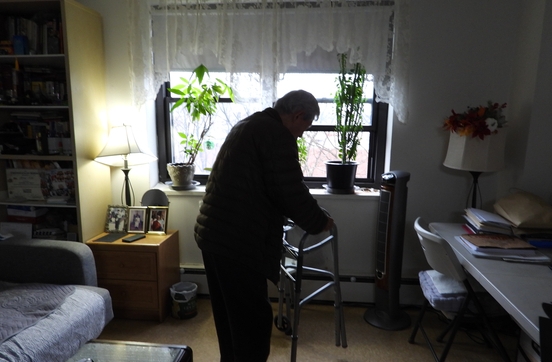Korean seniors over the age of 65 are more educated than other Asian groups, but one in six is socially isolated, according to a new report. As the Korean American community ages, there is an increasing need for community-wide support for Korean American seniors.
A report by Change InSight (CI), a nonprofit organization based in Chicago, titled “Assessing Social Drivers of Health among Asian American, Native Hawaiian, and Pacific Islanders,” found that only 15 percent of elderly Koreans participate in social activities five or more times per week. Furthermore, 17 percent interact less than once weekly, leading to social isolation.
This report examines social factors influencing health conditions within the Asian American, Native Hawaiian, and Pacific Islander (AANHPI) communities. Researchers surveyed and analyzed data from 5,932 individuals of Chinese, Indian, Filipino, and Pakistani descent, including Korean Americans, living in five states with significant Asian populations, including Chicago.
The results indicated that Korean seniors have the highest risk of social isolation among these groups. The report states, “Koreans are the least socially engaged. They should make an effort to actively participate in the community, such as attending performances or going to the gym.”
The study also found that Korean seniors’ isolation is exacerbated by their limited English proficiency. A significant 96% of Korean seniors primarily speak Korean, not English. Among all Korean Americans, 87% primarily speak Korean. In contrast, only 40% of Filipino seniors and 22% of all age groups reported speaking a language other than English.
The only Asian groups similar to Korean seniors in language usage were Pakistanis and Chinese, with 96% and 99%, respectively, speaking Urdu and Cantonese as their primary languages.
In terms of education, only 13% of Korean seniors have less than a high school diploma. Forty-three percent have attained a high school diploma or higher, ranking third after Filipinos (88%) and Pakistanis (44%).
“While a quality education can lead to a better quality of life in adulthood, poor English proficiency can lead to psychological distress and an increased risk of social isolation,” the report explains.
Interestingly, the poverty rate among Korean seniors is 30 percent, lower than that of Chinese (80 percent), Indian (62 percent), Filipino (43 percent), and Pakistani (36 percent) seniors. The poverty rate is calculated based on an annual income of less than $14,580 for a one-person household and less than $19,720 for a two-person household in 2023.
“Being in poverty is associated with shorter life expectancies, higher mortality rates, and chronic health conditions, significantly reducing quality of life,” the report noted.
“Although the pandemic is over, many Korean seniors are still mentally and emotionally suffering due to their isolation during the pandemic,” said Yong Sin Shin, leader of the Koreatown Senior & Community Center in LA’s Koreatown. “That’s why we are doing our best to help as many Korean seniors as possible to take classes and engage in social activities.”
BY NICOLE CHANG, JUNHAN PARK [chang.nicole@koreadaily.com]


![Christian Faith Labeled Treason in North Korea, Believers Sent to Camps A North Korean flag flutters at the propaganda village of Gijungdong in North Korea, in this picture taken near the truce village of Panmunjom inside the demilitarized zone (DMZ) in South Korea on July 19, 2022. [REUTERS]](https://www.koreadailyus.com/wp-content/uploads/2025/09/0915-NorthKoreanflag-100x70.jpg)


